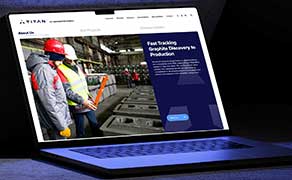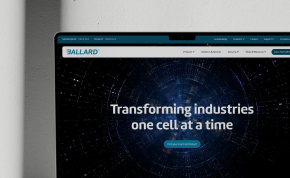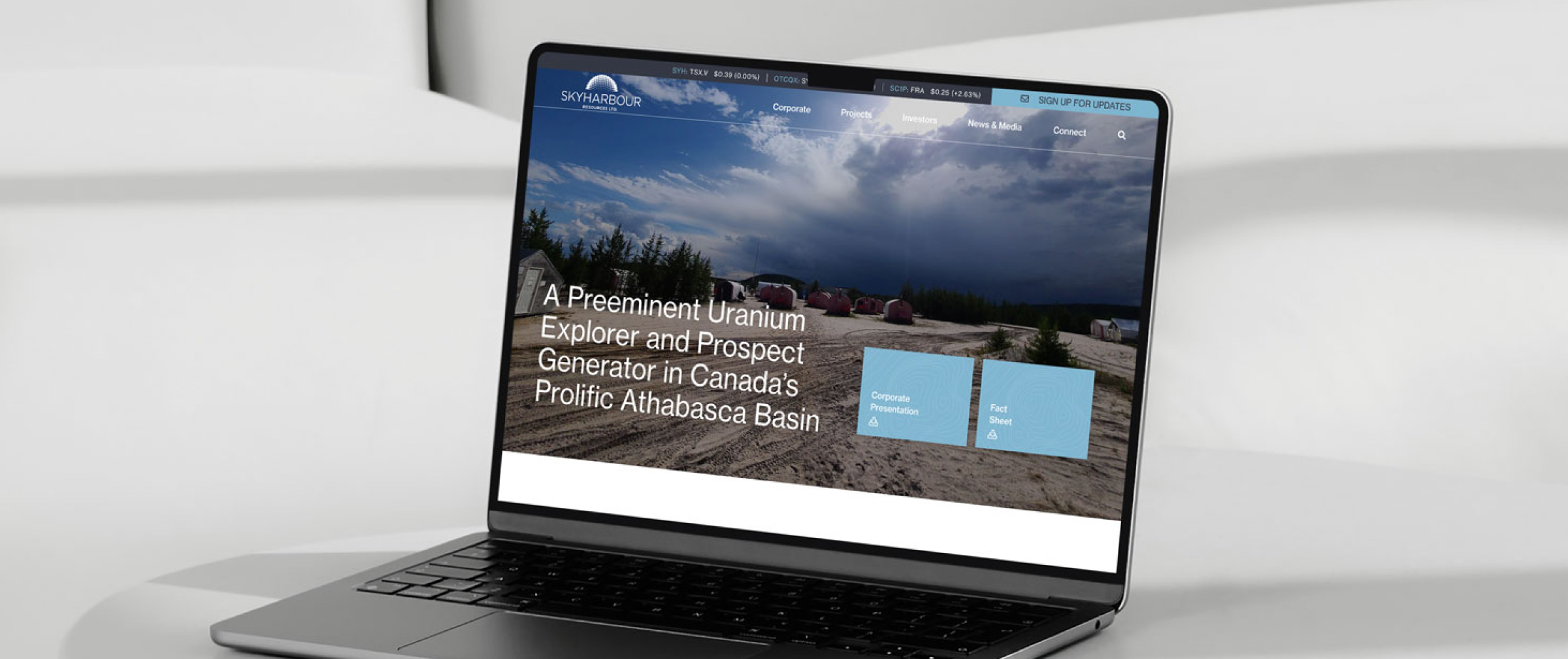In today’s digital age, it is absolutely essential that your public company has a clear, compelling investor relations (IR) website. Your site is the first thing most investors (and potential investors) will see, playing a crucial role in effectively communicating with shareholders, prospects, and the financial community at large.
This is why careful budgeting for IR websites is so important. Many IR professionals tend to underestimate the costs associated with building a platform that is professional, easy to navigate, and packed with all the information a curious investor might need to know.
In this blog post, we’ll guide you through the key steps to budgeting for a new IR website, enabling you to make informed decisions and achieve your goals efficiently.

Define your needs
In order to pinpoint the resources you’re going to need to allocate toward your IR website, you first need to figure out what your goals are.
Every IR website should do three things: make your company look professional, trustworthy, and on-the-ball; convey your company’s story in the best way possible; and make it easy to navigate to key information points visitors will want to access.
But there are many different ways to achieve those three aims, so it’s important that you write down your main focuses with your new site.
To do this, ask yourself a few questions: What are the primary problems with your current site? Which parts of your story do you most want to highlight? Are you hoping for a basic facelift to align better with 2023 design standards, or are you hoping to really stand out from your competition? What extras would you like to incorporate (e.g. interactive project maps, specific designed graphics, or other company-specific items)?
During this process, you should also explore other IR websites, especially those in your industry. Find a few that you like, and write down why. See what your competition is doing with their websites, and think about which elements you’d like to replicate in your own site, and which you’d like to see done differently.

Establish your scope of work
Once you have a list of basics and must-haves for your new site, it’s time to create a scope of work. Your scope should include the following:
- What you hope to accomplish with your website (e.g. increase investor awareness, gain subscribers to your mailing list, direct investors to your flagship project, etc.)
- How many pages you will need
- What functionality you will need (e.g. ability to easily update your content or news releases yourself with a content management system [CMS], interactive charts, infographics, contact forms, access to your investor deck, etc.)
- Compliance requirements
- Security needs
- Ongoing maintenance needs
This doesn’t need to be tremendously detailed, but the more granular you get, the more accurate your estimates will be—and the better you’ll be able to communicate your needs to a design agency.

Estimate costs
Once you have a scope, reach out to a few design agencies for estimates.
When you’re considering partnering with a company to build your site, make sure you pick one that understands the specific requirements of a public company. For example, a firm that typically builds ecommerce platforms probably won’t understand what it takes to keep your company compliant with financial regulations.
If you have hard-and-fast budgetary limits, make sure to communicate that. A trustworthy design agency will respect your needs, and advise you on exactly what’s necessary to achieve the best site possible within a reasonable budget.
Via your requirements, a design agency will also be able to tell you whether you will need (or can afford) a custom website or a website built from a template, or some mix of the two. Templates are obviously cheaper, and for many public companies work great, but custom websites give you more flexibility, and will often help you better stand out from your competition.

Account for ongoing maintenance, enhancements, and contingencies
Of course, the costs for your website will go beyond simply building it. Ensure you include ongoing hosting and support fees in your budget. We also recommend making space in your budget for ongoing upgrades you may need down the line—this will give you space to add more to your site in the future without a nasty unexpected expense.
Also, you should always set aside a contingency budget for unexpected expenses or scope changes. It’s essential to be prepared for unforeseen circumstances that may arise during the development or maintenance phase.
Consider BLENDER!
Budgeting for a new IR website is a critical process that requires careful planning and consideration. By defining your objectives, conducting thorough research, outlining the project scope, and choosing the right platform, you can create a realistic budget that aligns with your goals without breaking the bank.
BLENDER is a digital agency designed to connect public companies with investors. Our offerings empower you to effortlessly build and engage a targeted audience, conveying your story in the most concise, compelling way possible. Meanwhile, our dedicated Updates team of IR professionals well-versed in regulatory compliance and IR best practices will help keep you efficient and compliant.
Let’s talk about how we can help you build an IR platform that will keep you top-of-mind with investors.


